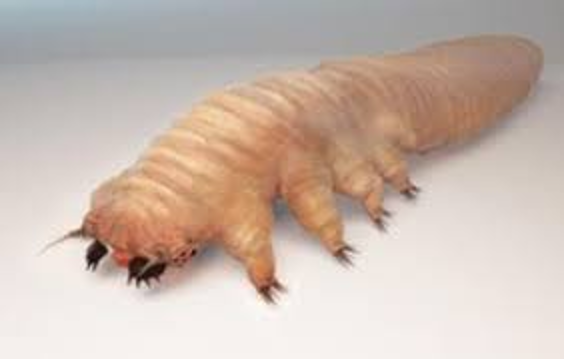76: Double the life of your CPAP mask without the yuk factor
Sep 16, 2023
Extending the life of your CPAP mask doesn’t have to be gross. In fact, cleanliness is key. Each time you use your mask, it will collect dead skin cells and oils from your face, hair and scalp. This is not visible to the naked eye– unless you’re getting build-up over time.
Bacteria, mold spores, and fungus can also accumulate on the surface of your mask and headgear. And then there’s this little guy:

This is a microscopic face mite called Demodex. Almost everyone has them, and they live in human hair follicles, especially on the cheeks, eyelashes, forehead, and sides of the nose. They eat dead skin cells and facial oils.
Pretty weird, right?
Keeping your skin clean keeps the Demodex under control so you don’t get a rash. Cleaning also removes bacteria and fungus, which can cause skin irritation and itching. All of these things accelerate the degradation of your CPAP mask and headgear.
Here are 6 tips to extend the life of your CPAP mask:
Clean your mask and headgear regularly. Wash off all the particulate matter and oils from the surface, especially the mask cushion (the part that touches your skin). Stick to mild, non-alcoholic cleaners to avoid damaging the mask's materials. After cleaning, ensure all soap residue is rinsed off to prevent skin irritation and material breakdown. UV cleaners and ozone cleaners do not remove particulate matter. Handle your mask with clean hands to prevent transferring dirt, oil, or germs onto the mask's surface.
Wash your face before bed. Use a gentle skin cleanser and make-up remover if necessary. Dirt, skin oils, sweat, allergens, and other debris are washed away. This can also help with getting a good seal throughout the night. You may also consider a saline nasal wash to open up your nose.
Use a cloth CPAP mask liner. This is a disposable or washable barrier between your skin and the mask. Most liners are made to fit specific types or brands of masks.
Gentle handling. Be gentle when putting on or removing your mask. Avoid pulling or tugging forcefully on the straps or cushion, as this can lead to premature wear and tear. Straps that are overly tight can strain the mask's cushion and headgear, causing them to wear out faster. Adjust the straps snugly but not excessively. Regularly inspect your mask for signs of wear, such as cracks, tears, or stretched-out headgear.
Rotating masks. If you have multiple CPAP masks rotating their usage can help to reduce wear on any single mask. Plus, it’s always good to have a complete backup mask available.
Proper storage. Store your mask in a cool, dry place away from direct sunlight. Avoid leaving it in a hot car or exposed to extreme temperatures.
If you are on an auto-dispensing CPAP supply program, you can ask for more time between deliveries. You can also cancel the automation or request a phone call from the supplier to check the status of your CPAP supply needs.
You've got sleep problems...
so is it time for a sleep study?

